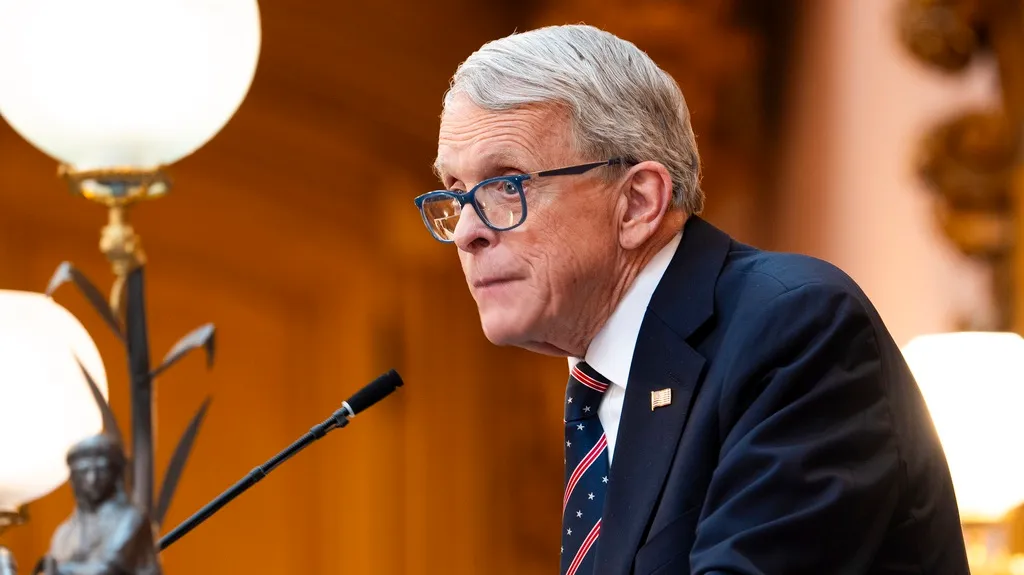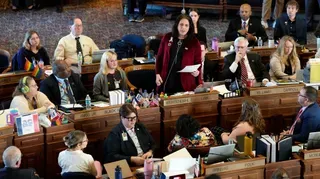July 28, 2013
Teen HPV Vaccination Rate Still Lagging
Winnie McCroy READ TIME: 2 MIN.
Only about half of U.S. teenage girls have gotten a controversial cervical cancer vaccine - a rate that's changed little in three years.
"We're dropping the ball," said Dr. Thomas Frieden, head of the Centers for Disease Control and Prevention. "This is a huge disappointment."
About 54 percent of teenage girls have received at least one of the three HPV shots. Only a third was fully immunized with all three doses.
Last year's rates were essentially unchanged from 2011, and up only slightly from 2010. Rates for other vaccines aimed at adolescents have risen much faster.
A big part of the problem: Family doctors aren't prodding patients to get HPV shots as forcefully as they recommend other vaccines, health officials said.
The vaccine, introduced in 2006, protects against human papillomavirus, or HPV. The sexually transmitted bug can cause cervical cancer and genital warts. The vaccine was first recommended for girls ages 11 and 12 because it works best if given before a teen starts to have sex. In 2011, it was also recommended for boys that age to help prevent the virus's spread.
More than 20 states have considered adding HPV to the vaccines required for school attendance but only Virginia and the District of Columbia did so. Most states abandoned it after political fights triggered by funding woes, concerns about the vaccine's safety and worries that the shots would promote promiscuity.
CDC studies have shown no significant side effects, and that girls who got the shots did not start having sex earlier than girls who didn't. Still, some parents, teens and their doctors have been hesitant.
Dr. Anne Schuchat, who oversees the CDC's immunization programs, said school requirements aren't necessarily needed because the girls are already coming in for shots against bacterial meningitis and for whooping cough that are required in some states. Those shots have been recommended for teens roughly about as long as HPV but vaccinations rates are much higher - 70 percent in 2011.
The new CDC report shows that 84 percent of the teen girls who hadn't gotten an HPV shot had been to a clinic or doctor for another vaccine. If they had gotten an HPV shot at the same time, the rate for at least one dose could be nearly 93 percent instead of 54 percent, CDC officials estimated.
Price has been an issue in the past - three doses of HPV vaccine sell for more than $400, more than other vaccines. But today, health insurers cover that cost and uninsured kids get the shots paid for through government health programs.
"We can do a better job," said Dr. Thomas McInerny, president of the American Academy of Pediatrics. He joined Frieden on a call with reporters and said his association would push its members to get more teens vaccinated.
The CDC rates are derived from national telephone surveys and checks of medical records for girls ages 13 to 17. Vaccination rates for boys aren't available yet.
HPV is so common that nearly all sexually active men and women will get at least one type of HPV at some point in their lives, health officials say. Most show no obvious symptoms and eventually clear the virus.
Winnie McCroy is the Women on the EDGE Editor, HIV/Health Editor, and Assistant Entertainment Editor for EDGE Media Network, handling all women's news, HIV health stories and theater reviews throughout the U.S. She has contributed to other publications, including The Village Voice, Gay City News, Chelsea Now and The Advocate, and lives in Brooklyn, New York.





